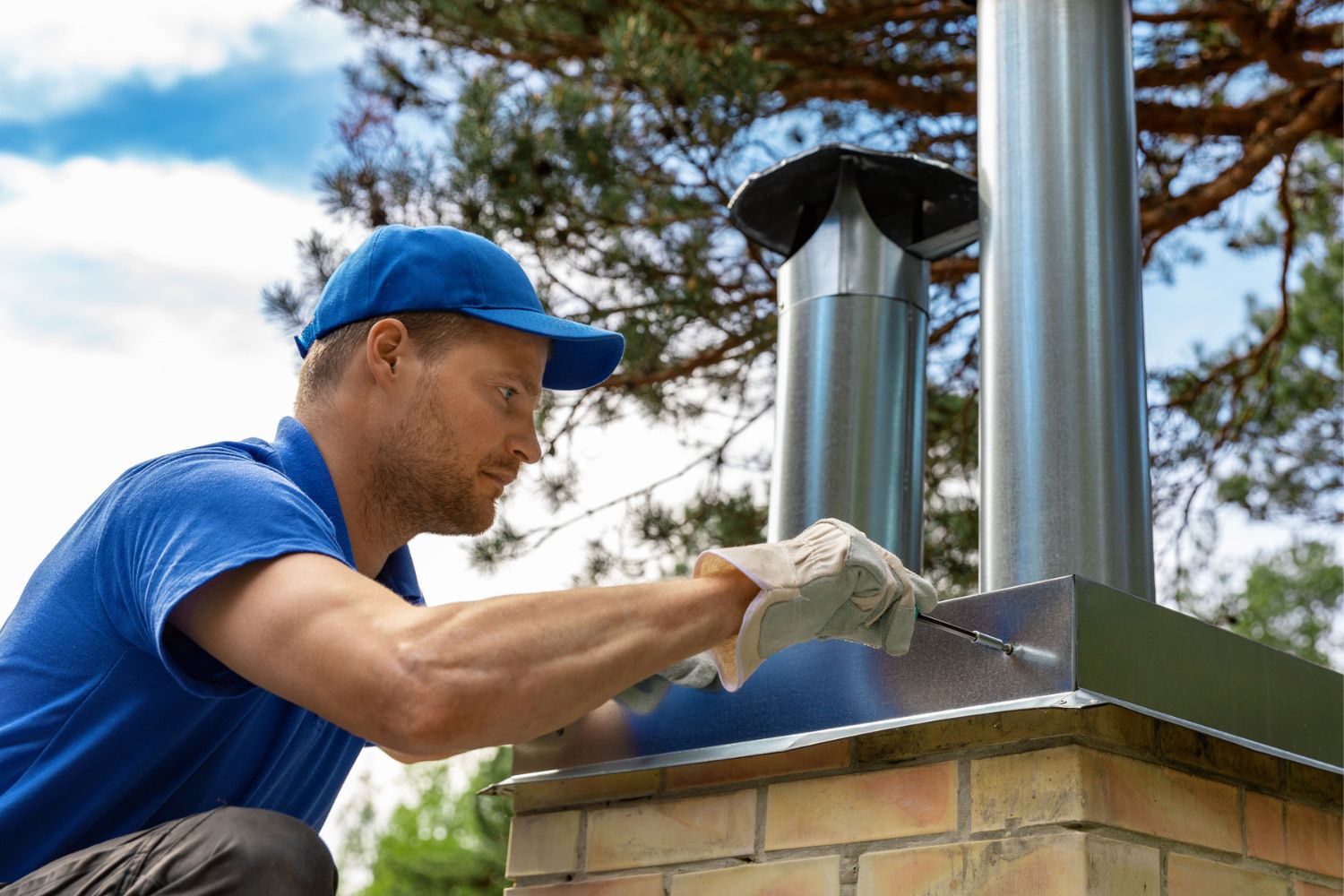

Articles
How Much To Install A Chimney
Modified: January 19, 2024
Looking for articles on how much it costs to install a chimney? Find all the information you need to budget for your chimney installation project.
(Many of the links in this article redirect to a specific reviewed product. Your purchase of these products through affiliate links helps to generate commission for Storables.com, at no extra cost. Learn more)
Introduction
Welcome to the world of chimneys! Whether you’re installing a chimney for a new home or replacing an old one, understanding the cost involved is crucial. Installing a chimney requires careful planning, proper materials, and skilled labor. The cost can vary depending on various factors such as the type of chimney, materials used, location, and additional features.
In this article, we will explore the factors that affect the cost of chimney installation, helping you get a better understanding of how much you can expect to invest in this important home improvement project. So let’s dive in and uncover the key considerations!
Key Takeaways:
- Factors such as chimney type, materials, labor, and additional features all contribute to the overall cost of installation. Understanding these factors is crucial for effective budget planning and decision-making.
- Investing in a well-designed and properly installed chimney is essential for the safety, functionality, and aesthetic appeal of your home. By considering the various cost-influencing factors, you can embark on this home improvement project with confidence.
Factors Affecting Installation Cost
When it comes to installing a chimney, several factors can impact the overall cost. Understanding these factors will help you estimate and plan your budget accordingly. Let’s take a closer look at the main factors influencing the installation cost:
- Type of Chimney: The type of chimney you choose will significantly affect the installation cost. There are various types, including masonry chimneys, factory-built chimneys, and prefabricated metal chimneys. Masonry chimneys, made from brick or stone, require more labor and can be more expensive to build than factory-built or prefabricated chimneys.
- Chimney Materials: The materials used to construct the chimney play a crucial role in determining the installation cost. Factors such as the type of bricks, mortar, flue liners, and chimney caps all contribute to the overall expense.
- Location and Accessibility: The location of the chimney within your home and its accessibility can impact the installation cost. If your chimney requires extensive modifications or if it’s difficult to access due to its placement, the labor cost may increase.
- Chimney Height and Design: The height and design of your chimney can also influence the installation cost. Taller chimneys may require additional scaffolding or specialized equipment for installation. Additionally, complex chimney designs, such as multiple flues or decorative elements, can increase the overall expense.
- Additional Features: Including additional features like chimney liners, chimney caps, and dampers can add to the installation cost. These features serve important purposes such as improving draft efficiency, preventing water damage, and reducing heat loss.
It’s important to note that each installation is unique, and the cost will vary depending on your specific requirements. Consulting with a professional chimney installer will help you determine the exact cost based on your unique needs.
Type of Chimney
Choosing the right type of chimney is essential when planning for installation. The type of chimney you select will not only impact the overall cost but also its performance and durability. Let’s explore the different types of chimneys commonly used:
- Masonry Chimneys: Masonry chimneys are constructed using brick or stone and are known for their strength and durability. They are built on-site by skilled masons, making them a popular choice for traditional and high-end homes. Masonry chimneys provide excellent insulation and can withstand high temperatures. However, they require extensive labor and time to build, which can increase the installation cost.
- Factory-Built Chimneys: Factory-built chimneys, also known as prefab chimneys, are manufactured in a factory and assembled on-site. These chimneys are made from metal and insulated with insulating materials such as ceramic or fiberglass. Factory-built chimneys are designed to meet specific safety standards and are generally more affordable compared to masonry chimneys. They come in pre-made sections, making installation quicker and easier.
- Prefabricated Metal Chimneys: Prefabricated metal chimneys are similar to factory-built chimneys, but they are made entirely of metal components. These chimneys are pre-made and come in a kit that can be easily assembled on-site. They are lightweight, cost-effective, and provide excellent functionality. However, they may have limitations when it comes to customization and design options.
When deciding on the type of chimney, consider factors such as your budget, desired aesthetics, and the style of your home. Consulting with a chimney professional can help you make an informed decision based on your specific needs and requirements.
Remember that proper installation is crucial regardless of the type of chimney chosen. Following local building codes and manufacturer’s guidelines is essential to ensure the safety and efficiency of your chimney.
Chimney Materials
The materials used for your chimney construction will not only affect the overall cost but also its durability and performance. Let’s explore the different chimney materials commonly used:
- Bricks: Bricks are a popular choice for building masonry chimneys. They are known for their strength, heat resistance, and aesthetic appeal. Bricks come in various sizes, shapes, and colors, allowing for customization to match your home’s architectural style. However, high-quality bricks can be more expensive, adding to the installation cost.
- Stone: Stone chimneys offer a timeless and rustic appearance. They are durable, weather-resistant, and provide excellent insulation. However, building a stone chimney can be labor-intensive and require skilled masons, making it a more expensive option compared to brick or metal.
- Mortar: Mortar is the binding agent used to hold the bricks or stones together. It is crucial to choose the right type of mortar based on the chimney’s location, weather conditions, and desired strength. The cost of mortar is relatively low compared to other materials, but it plays a vital role in the longevity and stability of the chimney.
- Flue Liners: Flue liners are essential components of chimneys that protect the surrounding materials from the heat and gases generated by the fireplace or furnace. They can be made of clay, metal, or ceramic, providing a safe passage for smoke and preventing damage to the chimney structure. The cost of flue liners varies based on the material and size.
- Chimney Caps: Chimney caps are covers placed on top of the chimney to protect it from external elements such as rain, debris, and animals. They also help to improve draft efficiency and prevent downdrafts. Chimney caps are typically made of metal, and the cost may depend on the size and design.
It’s essential to choose high-quality materials that meet industry standards and local building codes. Investing in durable materials upfront can prevent costly repairs or replacements down the line. Consulting with a chimney professional can help you determine the most suitable materials for your chimney installation based on your budget and specific requirements.
Location and Accessibility
The location and accessibility of your chimney can significantly impact the overall installation cost and complexity. Here are some key considerations related to location and accessibility:
Interior or Exterior Placement: The location of your chimney within your home can affect the installation process and the associated costs. If the chimney is installed on an exterior wall, it may require additional insulation and structural modifications to ensure proper venting. On the other hand, an interior chimney may require alterations to your home’s layout or may need to be integrated into existing walls or structures.
Roof Penetration: If your chimney needs to penetrate through the roof, the complexity of the installation increases. This requires careful planning to ensure proper waterproofing, insulation, and flashing to prevent leaks. The materials and techniques used for roof penetration will impact the installation cost, as additional labor and specialized equipment may be needed.
Accessibility: The accessibility of the chimney installation site can affect both the labor and material costs. If the installation site is difficult to access, such as in high-rise buildings or hard-to-reach areas, it may require specialized equipment, scaffolding, or additional labor, which can result in higher costs.
Existing Structures: The presence of existing structures, such as walls, ceilings, or floors, can impact the chimney installation process. If modifications or alterations are required to accommodate the chimney, the labor and material costs can increase. It’s important to assess the condition of existing structures and plan accordingly to ensure proper integration of the chimney.
Clearance Requirements: Depending on local building codes and regulations, chimneys may need to meet specific clearance requirements from combustible materials. Any necessary modifications to meet these requirements can add to the overall installation cost.
When considering the location and accessibility of your chimney, it’s recommended to consult with a professional chimney installer. They can assess your specific situation and provide guidance on the best approaches to ensure a smooth and cost-effective installation process.
Chimney Height and Design
The height and design of your chimney can impact both the installation cost and the overall aesthetic appeal. Let’s explore how these factors play a role in chimney installation:
Chimney Height: The height of your chimney is an essential consideration for proper functionality and efficiency. Taller chimneys often provide better draft and ventilation, reducing the risk of smoke entering your home. However, taller chimneys require additional materials, such as flue liners and scaffolding, and may need specialized equipment for installation. The cost of these additional materials and equipment can increase the installation cost.
Chimney Design: The design elements of your chimney, such as multiple flues, decorative features, or customized finishes, can affect the installation cost. Complex designs require more time and labor to build, which can result in higher costs. Additionally, customized finishes, such as stone veneer or ornate brickwork, may require skilled artisans and high-quality materials, contributing to the overall expense.
Safety Considerations: When it comes to chimney height and design, safety is of utmost importance. Local building codes may have specific regulations on chimney height and clearance requirements, particularly in relation to neighboring structures or rooflines. Adhering to these safety guidelines may influence the design choices and impact the installation cost.
When planning for chimney height and design, it’s crucial to work with a professional chimney installer or designer. They can assess your needs and provide guidance on the optimal height, design, and materials that meet both safety requirements and your aesthetic preferences. Balancing functionality, safety, and aesthetics will ensure a chimney that not only performs well but also enhances the overall appearance of your home.
Get multiple quotes from licensed chimney installation professionals to compare prices and ensure you’re getting a fair deal. Research the average cost in your area to have a better understanding of what to expect.
Additional Features
When installing a chimney, you have the opportunity to incorporate additional features that can enhance its functionality, durability, and safety. Here are some commonly chosen additional features:
- Chimney Liners: A chimney liner is a protective layer that lines the interior of the chimney flue. It helps improve draft efficiency, reduces the risk of chimney fires, and protects the chimney structure from corrosive byproducts. Chimney liners can be made from various materials such as clay, metal, or ceramic. The cost of chimney liners will depend on the material and size needed for your chimney.
- Chimney Caps: A chimney cap is a cover placed on top of the chimney to prevent rain, debris, and animals from entering. It also helps improve draft and protects against downdrafts. Chimney caps are typically made of metal and can be customized to match your chimney design. The cost of chimney caps will vary based on the size, design, and materials used.
- Dampers: Dampers are devices installed in the chimney that control the airflow and regulate the heat loss from your home. They help improve energy efficiency by preventing cold drafts when the chimney is not in use. Dampers can be manual or automatic, and their cost will depend on the type and size.
- Spark Arrestors: Spark arrestors are mesh screens installed on top of chimneys to prevent hot embers or sparks from causing chimney fires or igniting nearby flammable materials. They are especially important in areas with a high risk of wildfires. The cost of spark arrestors will vary based on the size and material used.
When considering additional features for your chimney, it’s essential to consult with a chimney professional. They can evaluate your specific needs, assess the local regulations, and recommend the most suitable features. Investing in these additional features can enhance the safety, performance, and longevity of your chimney, providing you with peace of mind.
Labor Costs
Labor costs are a significant component of chimney installation expenses. The complexity of the project, the expertise required, and the amount of time involved will all influence the labor costs. Let’s delve into the various factors that contribute to labor costs:
Chimney Size and Complexity: The size and complexity of the chimney installation project will impact the labor costs. Larger chimneys or those with intricate designs or multiple flues will require more time and skill to install, leading to higher labor expenses.
Skill and Experience: The expertise and experience of the chimney installer will also affect labor costs. Hiring a highly skilled professional who specializes in chimney installations may come at a higher hourly rate, but it can ensure a quality installation and reduce the risk of future issues.
Preparation and Cleanup: The labor costs will also include the time spent on preparatory work and post-installation cleanup. This involves assessing the site for installation, preparing materials, and ensuring proper disposal of debris and waste materials once the installation is complete.
Safety Considerations: Chimney installations require adherence to safety protocols. Experienced chimney installers prioritize safety measures, such as wearing protective gear, using scaffolding or safety harnesses, and following local building codes. These precautions may increase labor costs but are crucial for a safe and compliant installation.
Additional Services: If additional services such as chimney inspection or repair are required before or during installation, they will add to the overall labor costs. It’s essential to factor in any necessary maintenance or repairs to ensure a properly functioning and safe chimney system.
When evaluating labor costs, it’s beneficial to obtain multiple quotes from reputable chimney installers in your area. This allows you to compare rates and services provided to make an informed decision. Remember that while cost is an important factor, the quality of work and expertise offered should also be considered.
Keep in mind that labor costs can vary regionally and based on the specific requirements of your chimney installation project. Working closely with a chimney professional will help you understand the labor costs associated with your particular installation, ensuring that you allocate an appropriate budget for this crucial home improvement endeavor.
Permit and Inspection Fees
When installing a chimney, you may need to obtain permits and undergo inspections to ensure compliance with local building codes and regulations. Permit and inspection fees are additional costs that should be considered in your chimney installation budget. Here are some key points to understand:
Permits: Depending on your location, you may be required to obtain a building permit before installing a chimney. The permit ensures that the installation meets safety and construction standards set by your local jurisdiction. The cost of permits can vary, depending on the location and the complexity of the installation. It’s essential to check with your local building department to determine the specific permit requirements and associated fees.
Inspections: Inspections are typically carried out at different stages of the chimney installation process to ensure compliance with building codes and safety measures. An inspector will assess the chimney’s construction, materials, clearances, and overall functionality. The cost of inspections can vary depending on the region and the number of inspections required. It’s crucial to budget for the inspection fees as part of the overall cost of your chimney installation.
Third-Party Services: In some cases, specific chimney components or features may require specialized inspections from third-party professionals. For example, if you are installing a gas fireplace or wood-burning stove, a separate inspection may be necessary to ensure proper venting and compliance with regulations. These additional inspections may incur separate fees that should be accounted for in your budget.
It’s important to note that obtaining the necessary permits and undergoing inspections is not only a legal requirement but also essential for the safety and functionality of your chimney. Non-compliance with local regulations can result in fines, project delays, or even the need to redo the installation. Working with a reputable chimney professional who understands the local codes and guidelines can help streamline the permit and inspection process.
When planning for your chimney installation, make sure to inquire about the permit requirements and associated fees with your local building department. By including permit and inspection fees in your budget upfront, you can ensure a smooth and compliant installation process.
Read more: How To Install Chimney Damper
Cost of Inspection Before Installation
Prior to installing a new chimney or replacing an existing one, it is advisable to have a thorough inspection conducted by a certified chimney professional. This inspection helps assess the condition of the chimney, identify potential issues, and determine the scope of work required for a successful installation. The cost of the inspection will vary depending on several factors:
Type of Inspection: There are three levels of chimney inspections, as defined by the National Fire Protection Association (NFPA):
- Level 1: This is the most basic level of inspection, recommended for chimneys that have been regularly maintained and have not undergone any significant changes. A Level 1 inspection examines the accessible interior and exterior portions of the chimney and ensures it is structurally sound and free from obstructions. The cost of a Level 1 inspection is typically the most affordable.
- Level 2: A Level 2 inspection includes a more comprehensive assessment, including the use of specialized tools and possibly a video camera to thoroughly examine the chimney’s interior and exterior. This level of inspection is recommended when there have been changes to the chimney, such as a new appliance installation or damage from a chimney fire. The cost of a Level 2 inspection is higher due to the additional equipment and expertise required.
- Level 3: A Level 3 inspection is the most detailed and invasive type of inspection. It may involve removing certain components of the chimney structure to gain access to hard-to-reach areas. This level of inspection is necessary when there is suspicion of hidden structural damage or serious safety concerns. The cost of a Level 3 inspection is typically the highest due to the extensive scope of work involved.
Chimney Condition and Accessibility: The overall condition of your chimney and its accessibility will also influence the cost of the inspection. If the chimney has extensive damage or is located in a hard-to-reach area, the inspection may require more time and effort, leading to higher costs.
Location and Regional Variations: The cost of chimney inspections can vary depending on your location and the prevailing rates of chimney professionals in your area. Rural areas or regions with a lower cost of living may have lower inspection fees compared to urban areas.
While the cost of a chimney inspection will depend on the factors mentioned above, it is important to consider the long-term benefits. A thorough inspection can identify potential issues and allow for timely repairs or necessary adjustments prior to the installation. This not only ensures the safety and functionality of the chimney but can also help prevent costly repairs in the future.
It is recommended to contact certified chimney professionals in your area to inquire about their inspection services and associated costs. By investing in a pre-installation inspection, you can proceed with confidence knowing that your chimney installation will be carried out on a solid foundation.
Cost of Chimney Installation
The cost of chimney installation can vary depending on several factors and the specific requirements of your project. It’s essential to have a clear understanding of these factors to estimate the overall cost effectively. Here are the key considerations to keep in mind:
Chimney Type: The type of chimney you choose will significantly impact the installation cost. Masonry chimneys, typically made of brick or stone, require skilled labor and extensive construction time, making them more expensive compared to factory-built or prefabricated chimneys. Factory-built chimneys are generally more affordable due to their pre-manufactured design.
Chimney Materials: The materials used for chimney construction play a significant role in the overall cost. High-quality bricks, stones, mortar, and chimney liners can increase the material expenses. The cost may also depend on the size of the chimney and any additional features or customizations.
Labor Costs: Labor costs are a major component of chimney installation expenses. The complexity of the project, the skill level required, and the time involved will impact labor costs. Larger or more intricate chimneys may require more labor, resulting in higher costs. It’s important to hire experienced chimney professionals who can ensure a quality installation.
Location and Accessibility: The location of your chimney within your home and its accessibility can also affect the installation cost. If the chimney requires modifications to existing structures or if it’s difficult to access, additional labor and time may be needed, leading to higher costs.
Additional Features: Including additional features like chimney liners, chimney caps, dampers, or spark arrestors can add to the overall installation cost. These features enhance the performance, safety, and efficiency of the chimney but come with their own pricing considerations.
Permits and Inspections: Don’t forget to factor in the cost of obtaining permits and undergoing inspections. The fees associated with permits and inspections may vary depending on your location and the specific requirements outlined by local building codes.
While it’s challenging to provide an exact cost without evaluating the specific details of your project, a rough estimate for chimney installation can range from a few thousand dollars to tens of thousands of dollars. Consulting with multiple chimney professionals and obtaining detailed quotes will help you determine a more accurate cost estimate.
Investing in a well-designed and properly installed chimney is essential for the safety and functionality of your home. While the initial cost may seem significant, it is a worthwhile investment in the long run, ensuring that you can enjoy a warm and cozy fireplace while having peace of mind.
Conclusion
Installing a chimney is a significant undertaking that requires careful consideration of various factors. Understanding the factors that influence the cost of chimney installation will help you plan your budget effectively and make informed decisions throughout the process.
From the type of chimney and materials used to the location, accessibility, and additional features, each aspect plays a role in determining the overall cost. Masonry chimneys tend to be more expensive due to the labor-intensive construction process, while factory-built and prefabricated chimneys offer a more cost-effective alternative. The choice of materials, such as bricks, stones, mortar, and chimney liners, also has an impact on the expense.
Consideration must also be given to labor costs, which encompass the expertise, time, and effort required for the installation. The size and complexity of the chimney, as well as its location and accessibility, can influence labor costs. Additional features such as chimney caps, dampers, spark arrestors, and chimney liners can enhance safety and functionality but should be factored into the overall cost. Additionally, don’t forget to budget for permits and inspections, as they are essential for compliance with local building codes and regulations.
While it is difficult to provide an exact cost without assessing the specific details of your project, obtaining quotes from reputable chimney professionals will give you a clearer idea of the overall expenses involved.
Ultimately, investing in a well-designed and properly installed chimney is crucial for the functionality, safety, and aesthetic appeal of your home. It provides you with a cozy fireplace and enhances the overall value of your property. By understanding the factors and costs associated with chimney installation, you can embark on this home improvement project with confidence.
Remember to consult with experienced professionals who can guide you through the process, ensuring that your chimney installation meets the necessary standards and regulations. With proper planning and budgeting, you can enjoy the warmth and beauty of a fireplace while creating lasting memories with family and friends for years to come.
Frequently Asked Questions about How Much To Install A Chimney
Was this page helpful?
At Storables.com, we guarantee accurate and reliable information. Our content, validated by Expert Board Contributors, is crafted following stringent Editorial Policies. We're committed to providing you with well-researched, expert-backed insights for all your informational needs.
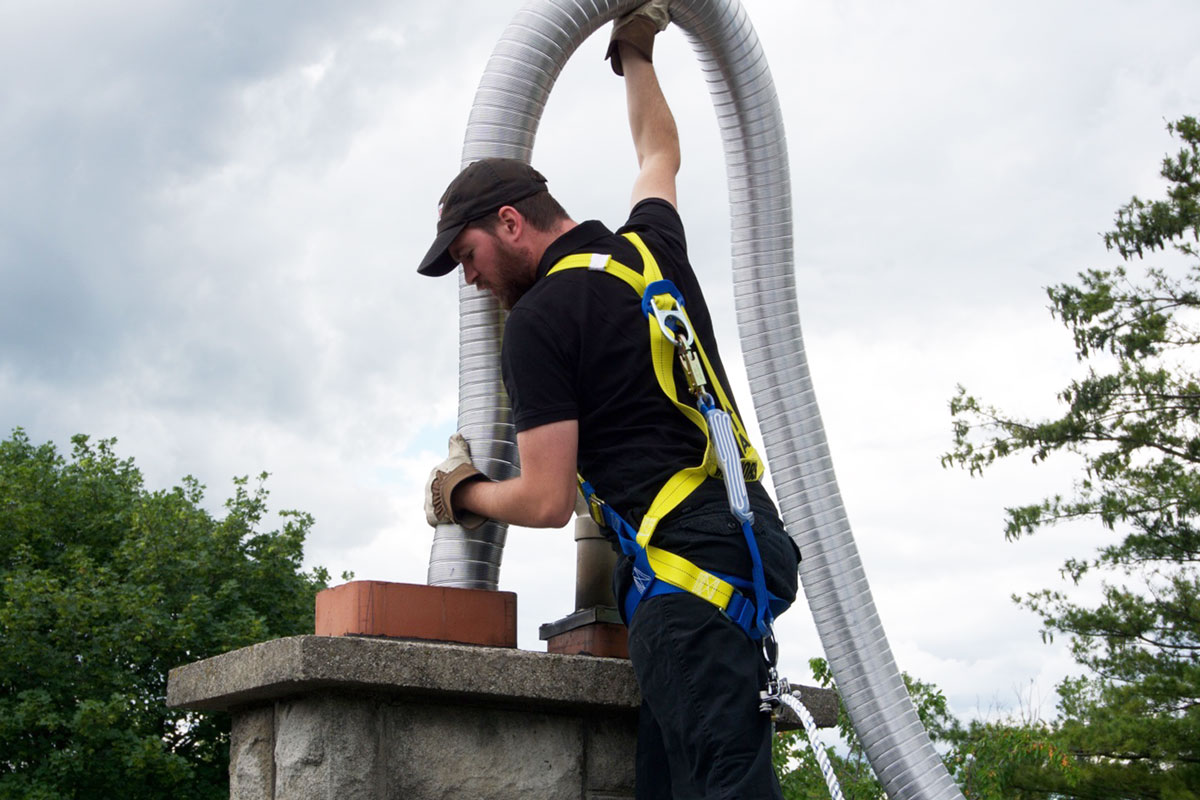
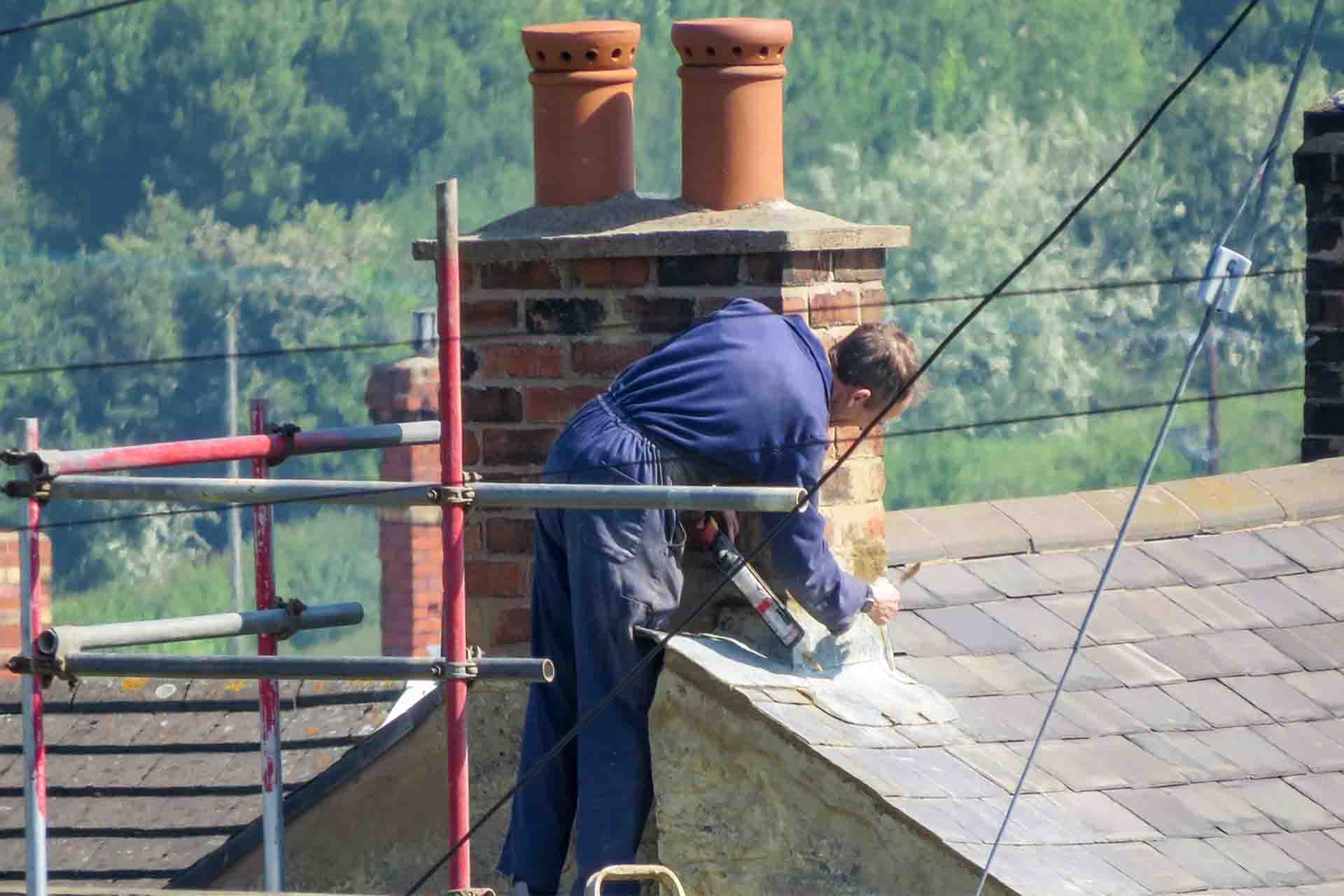
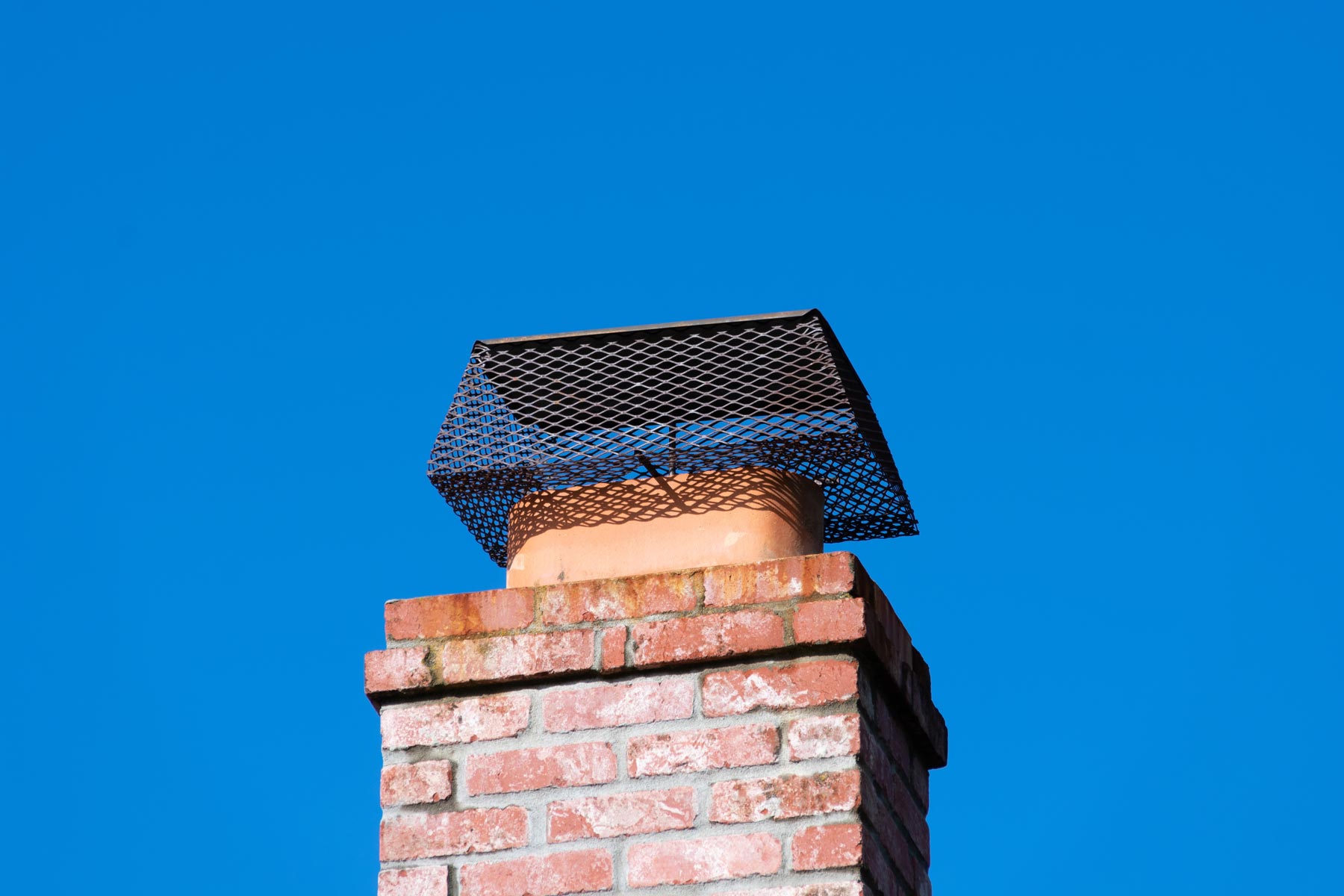
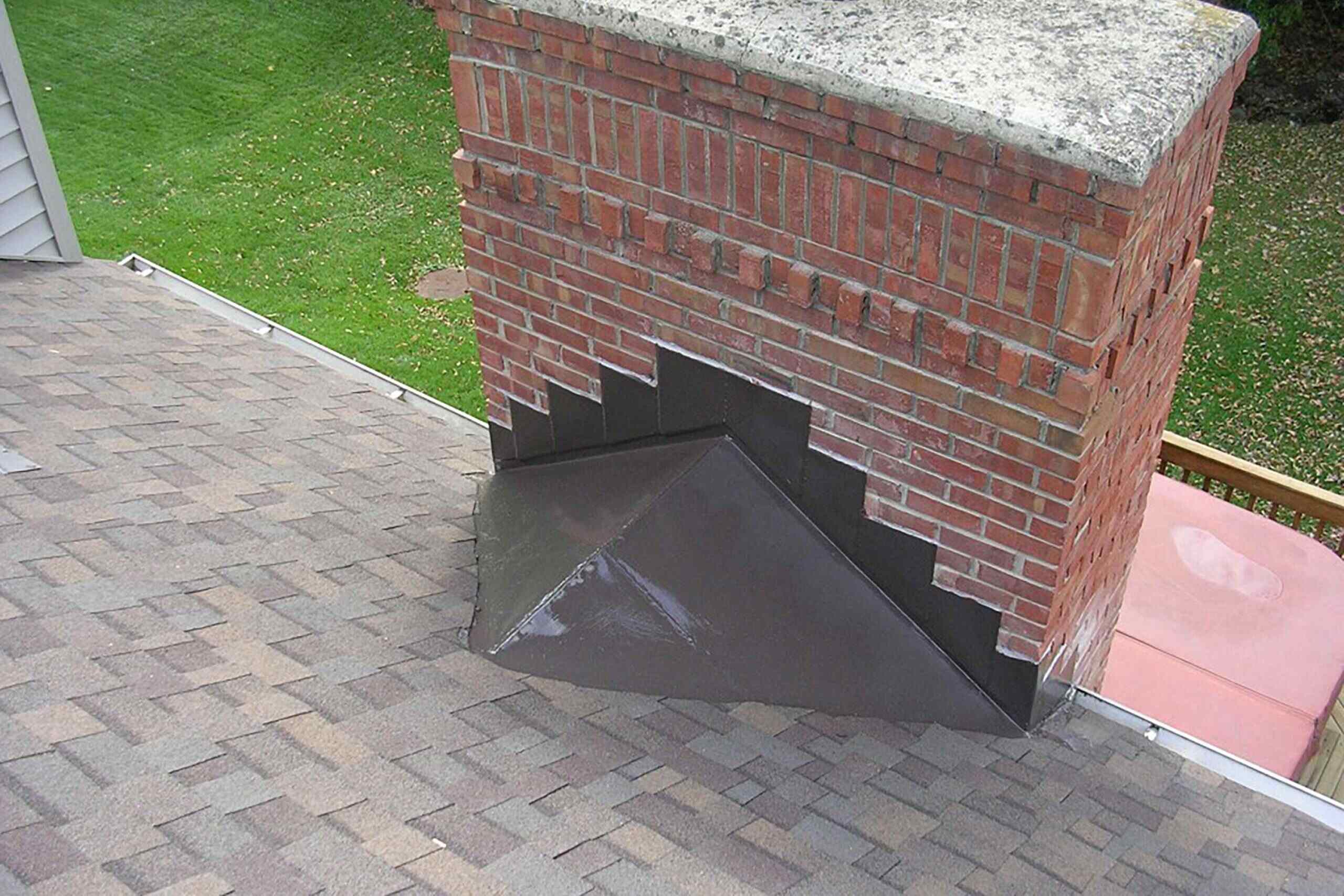
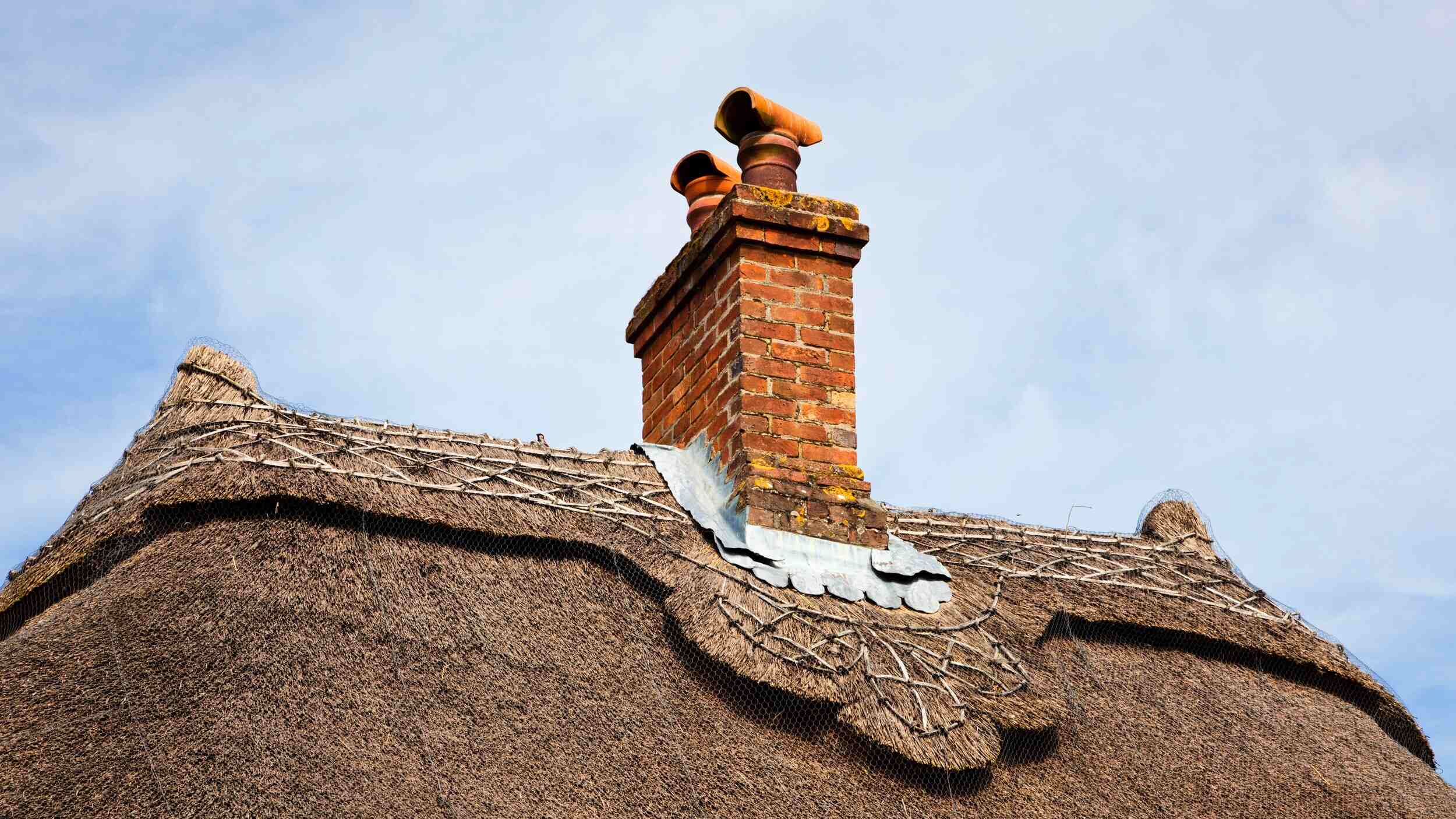
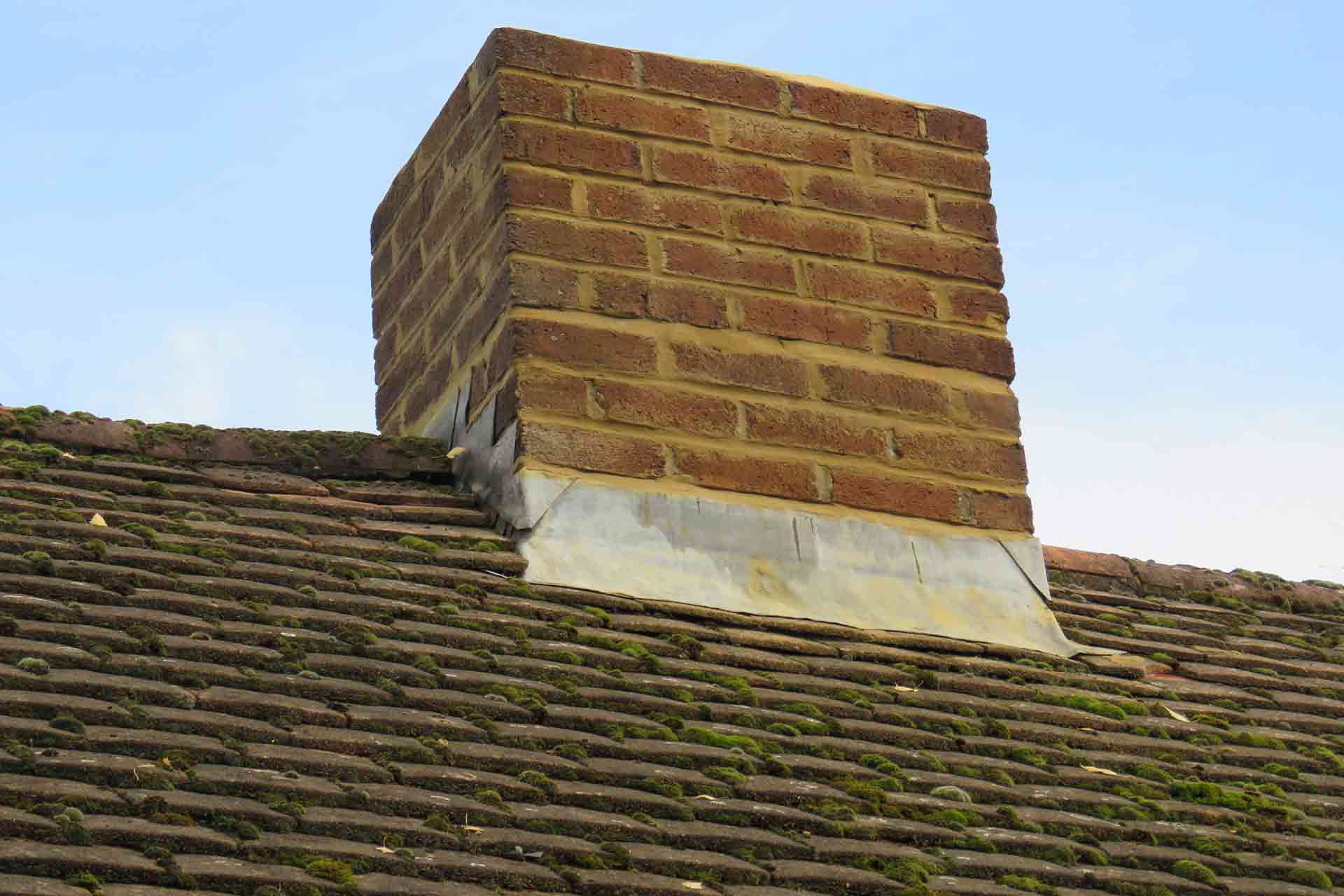
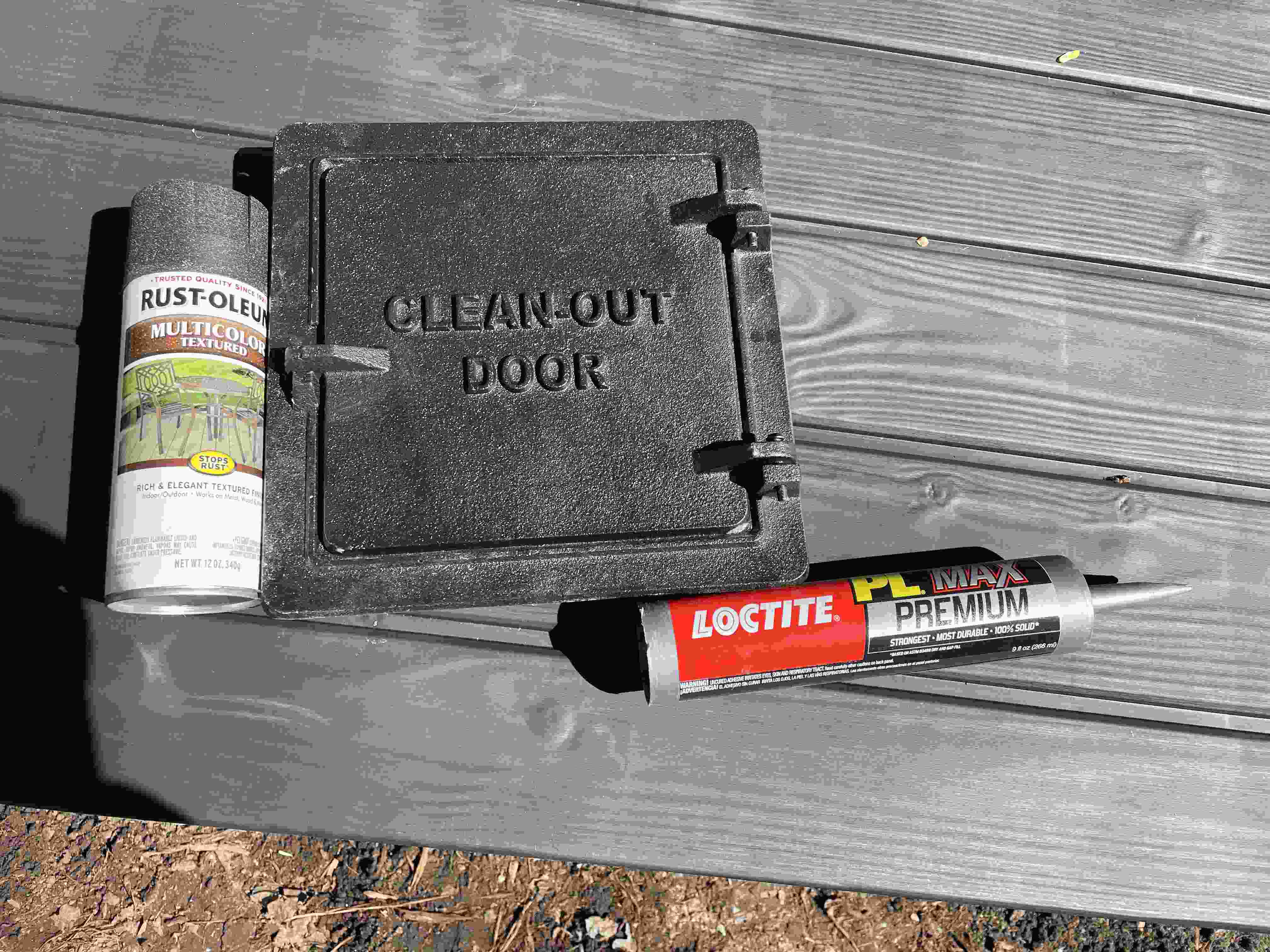
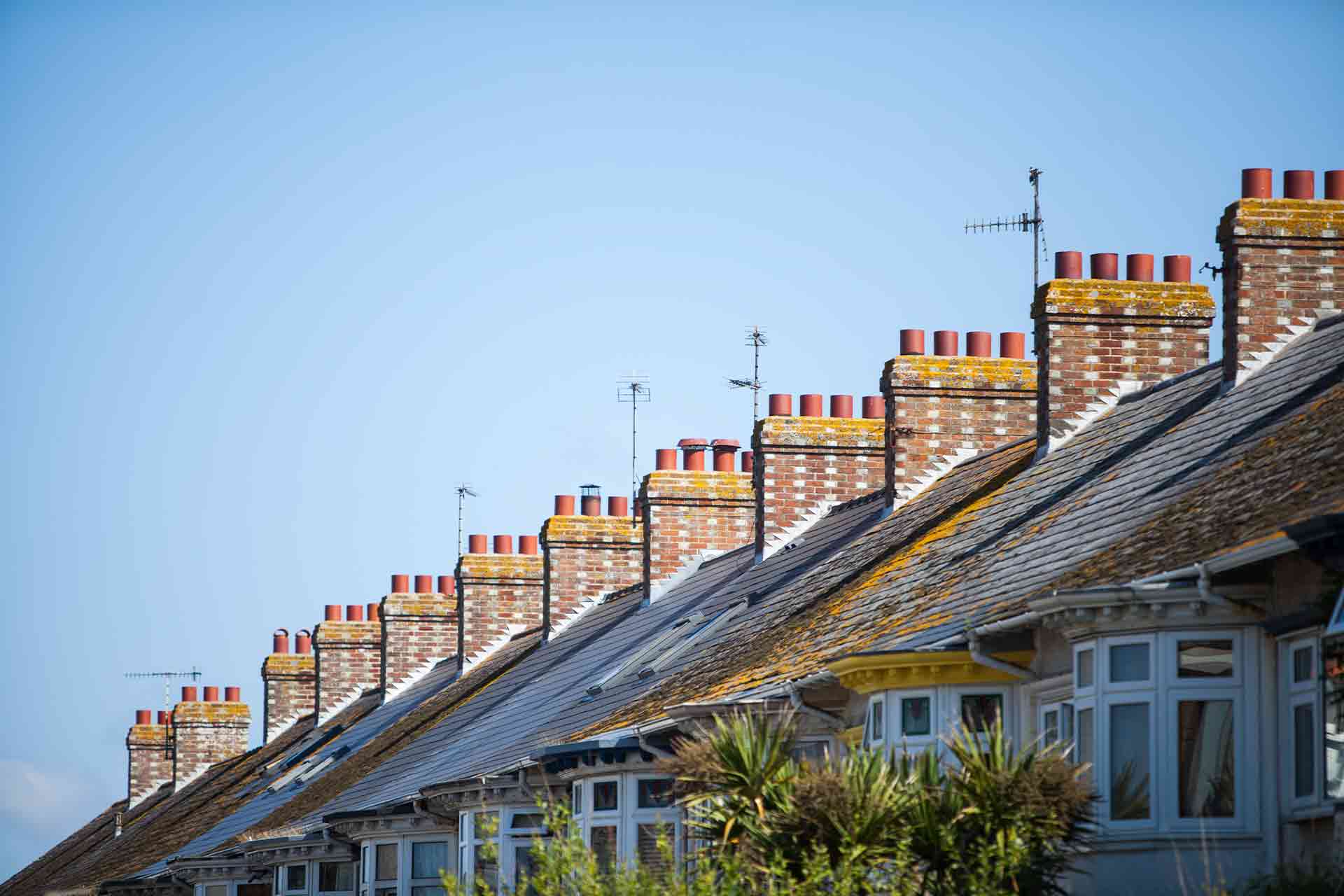
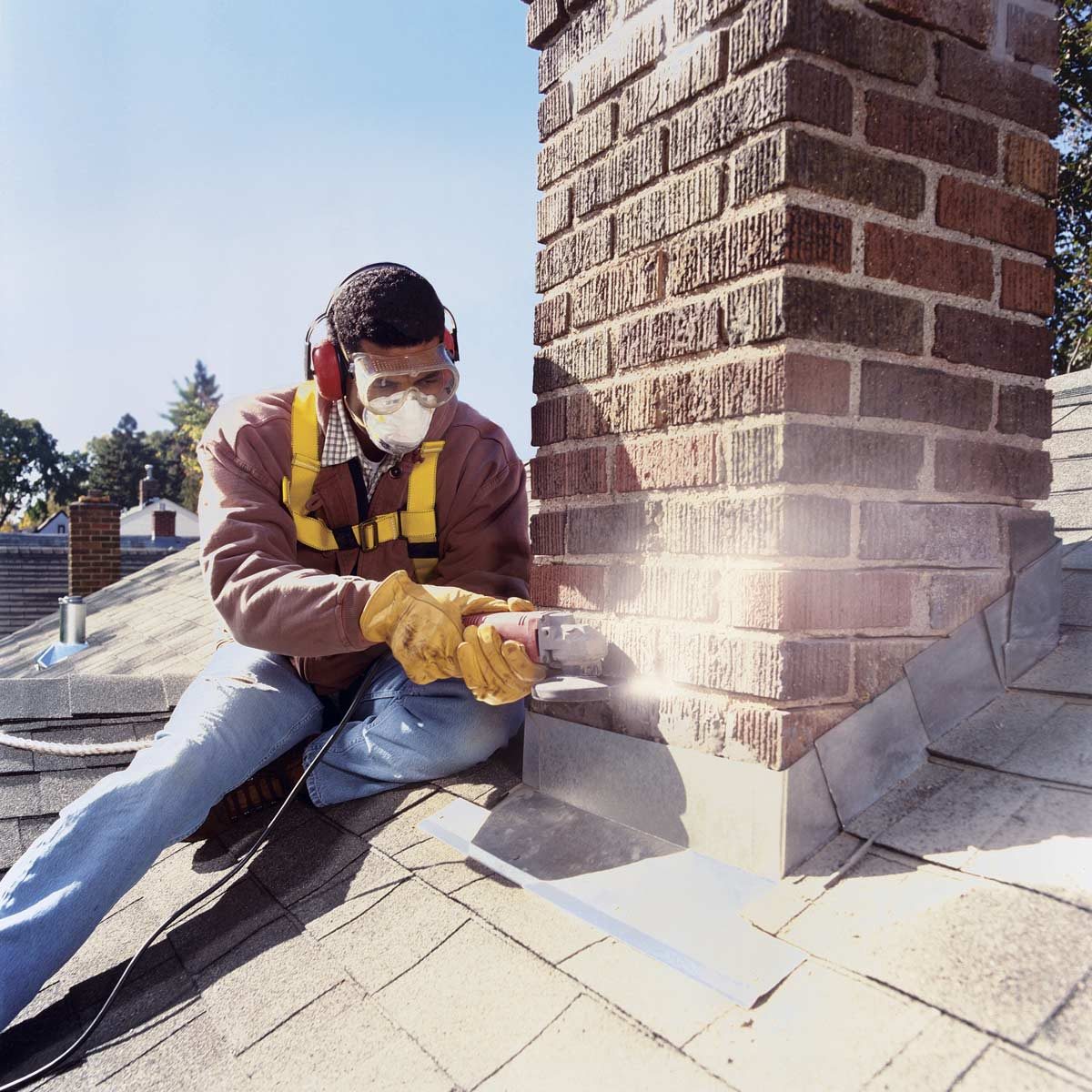
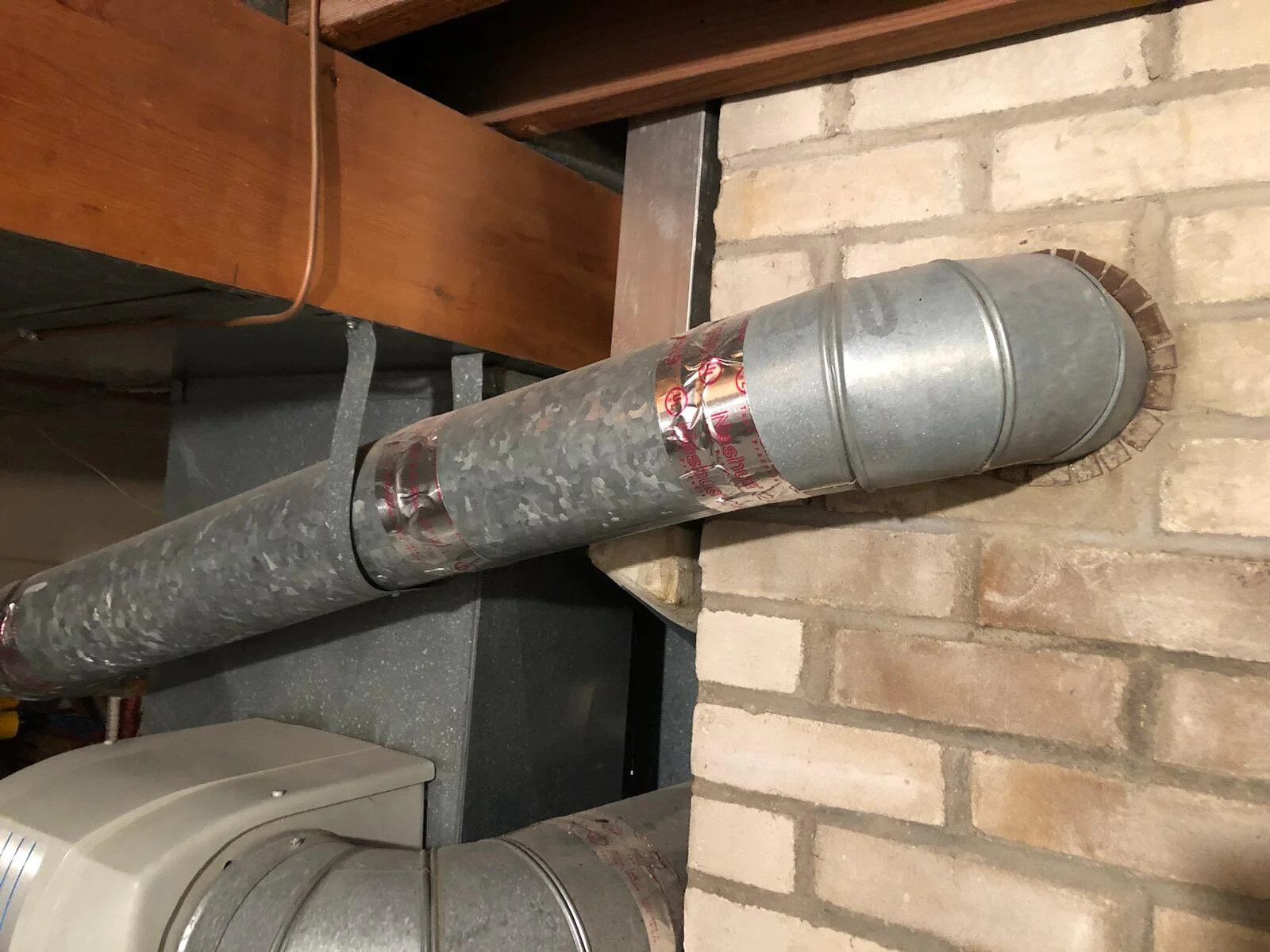
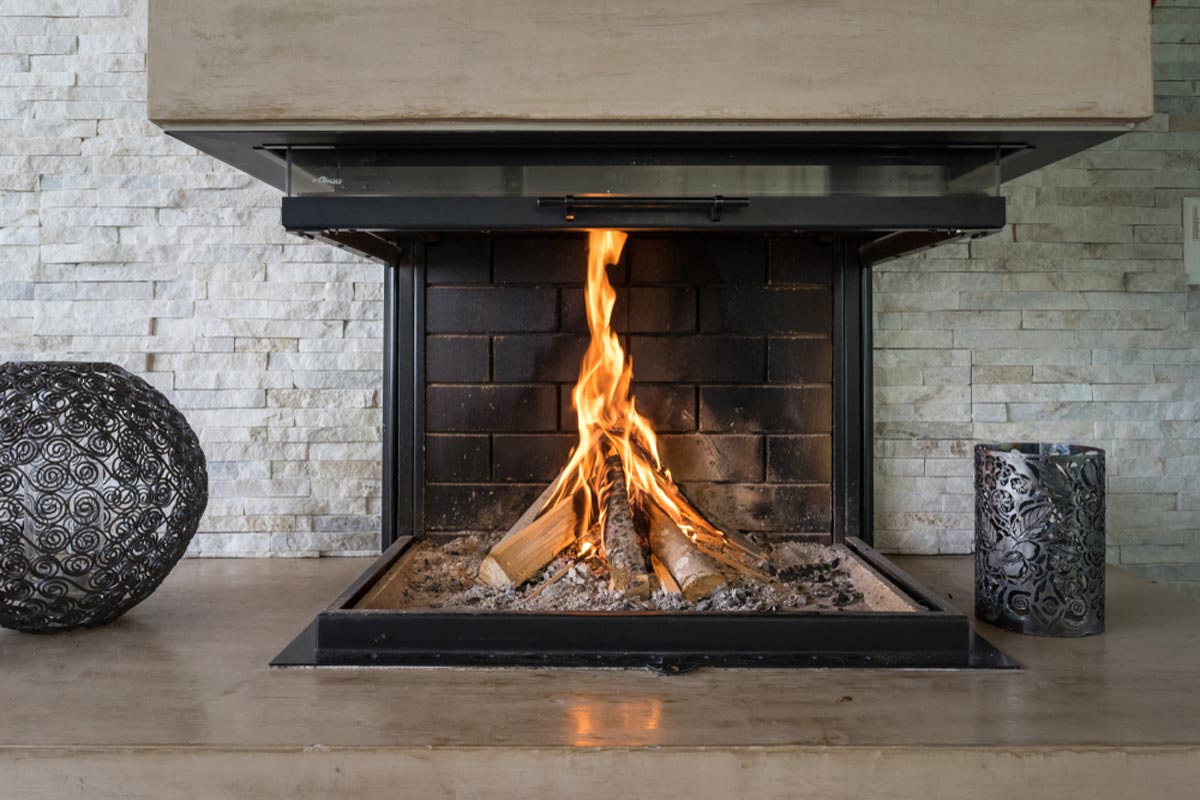
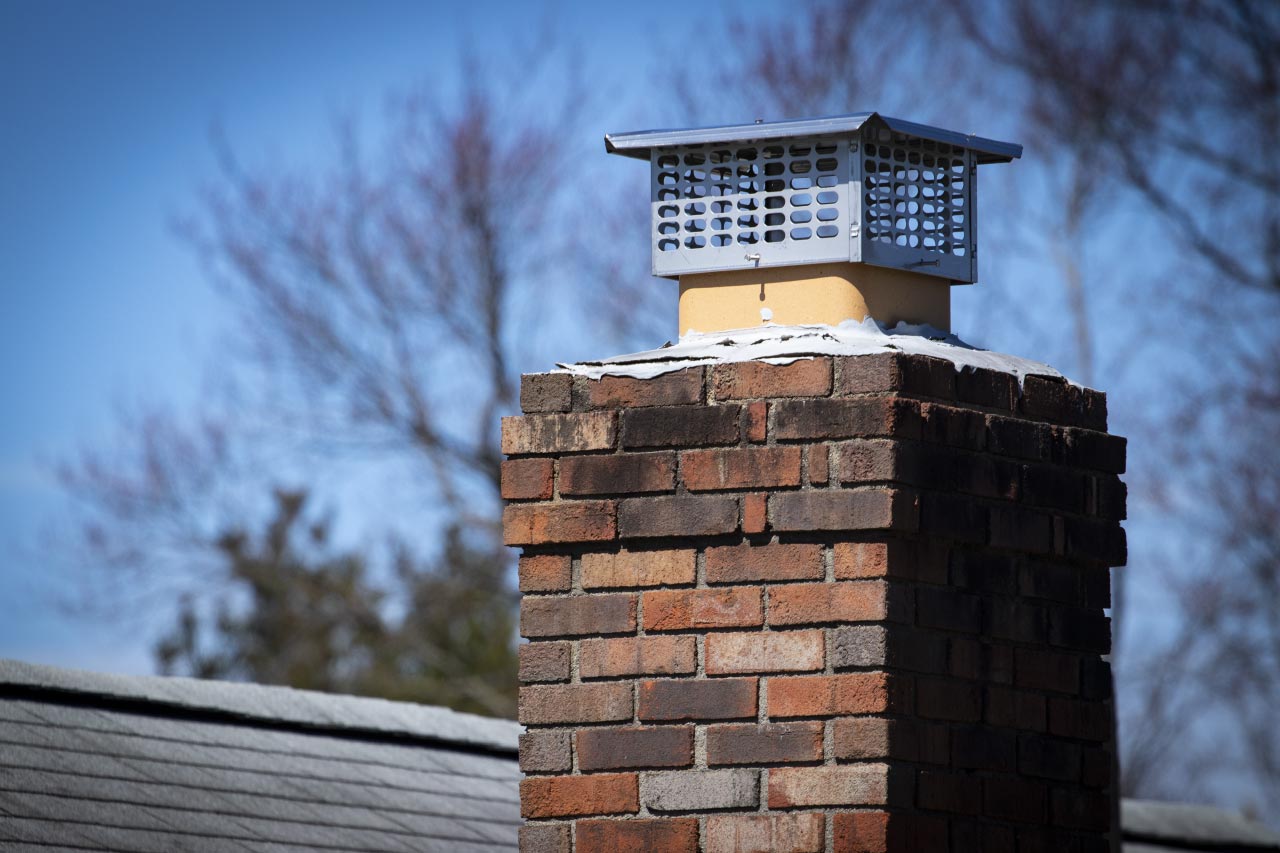
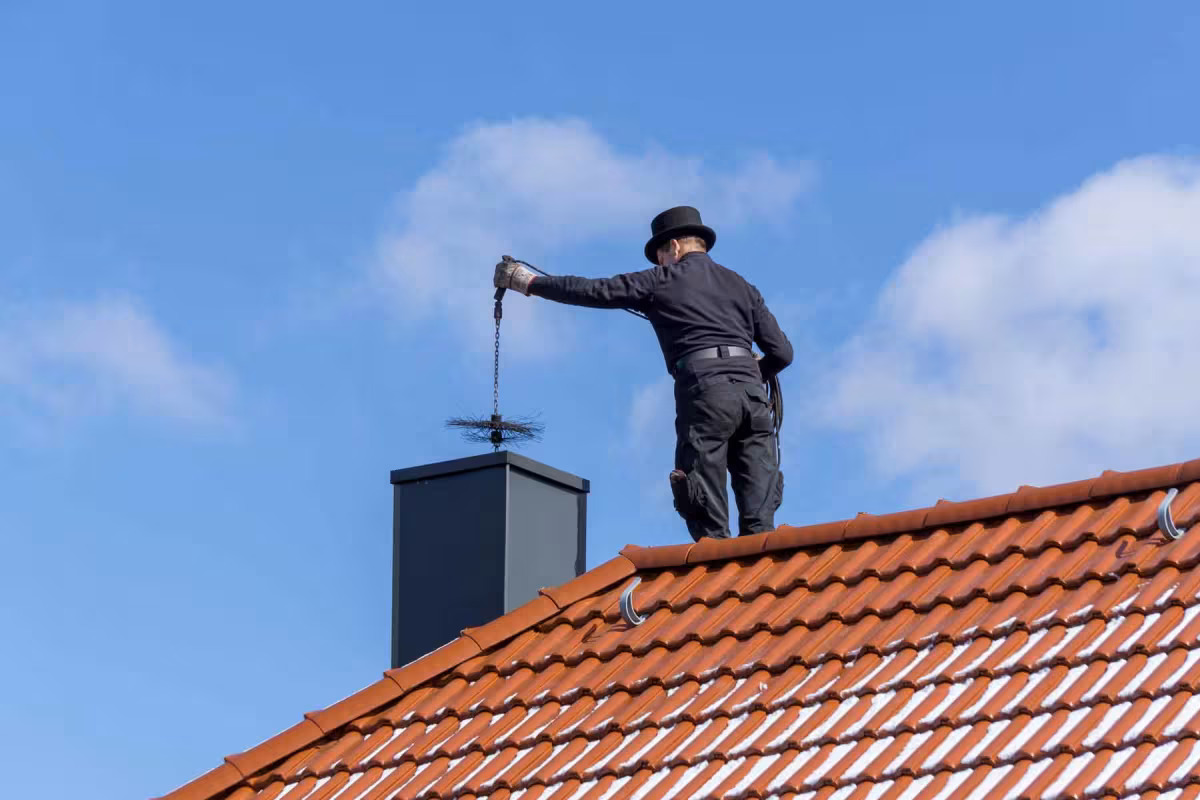

0 thoughts on “How Much To Install A Chimney”